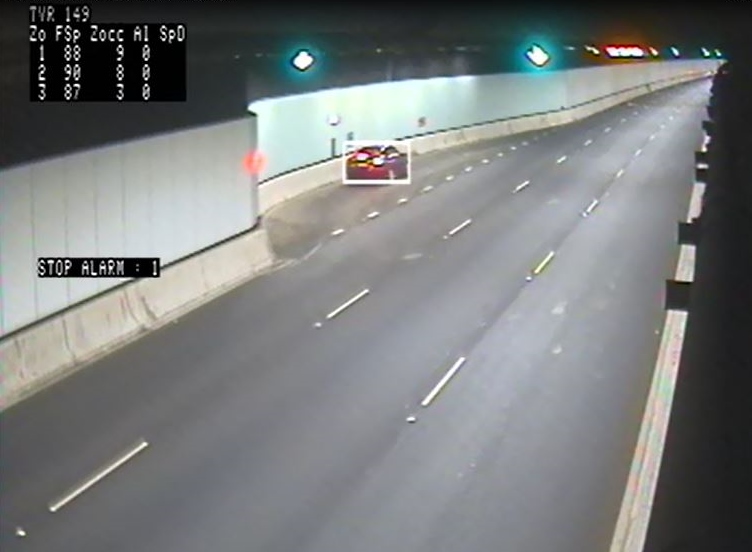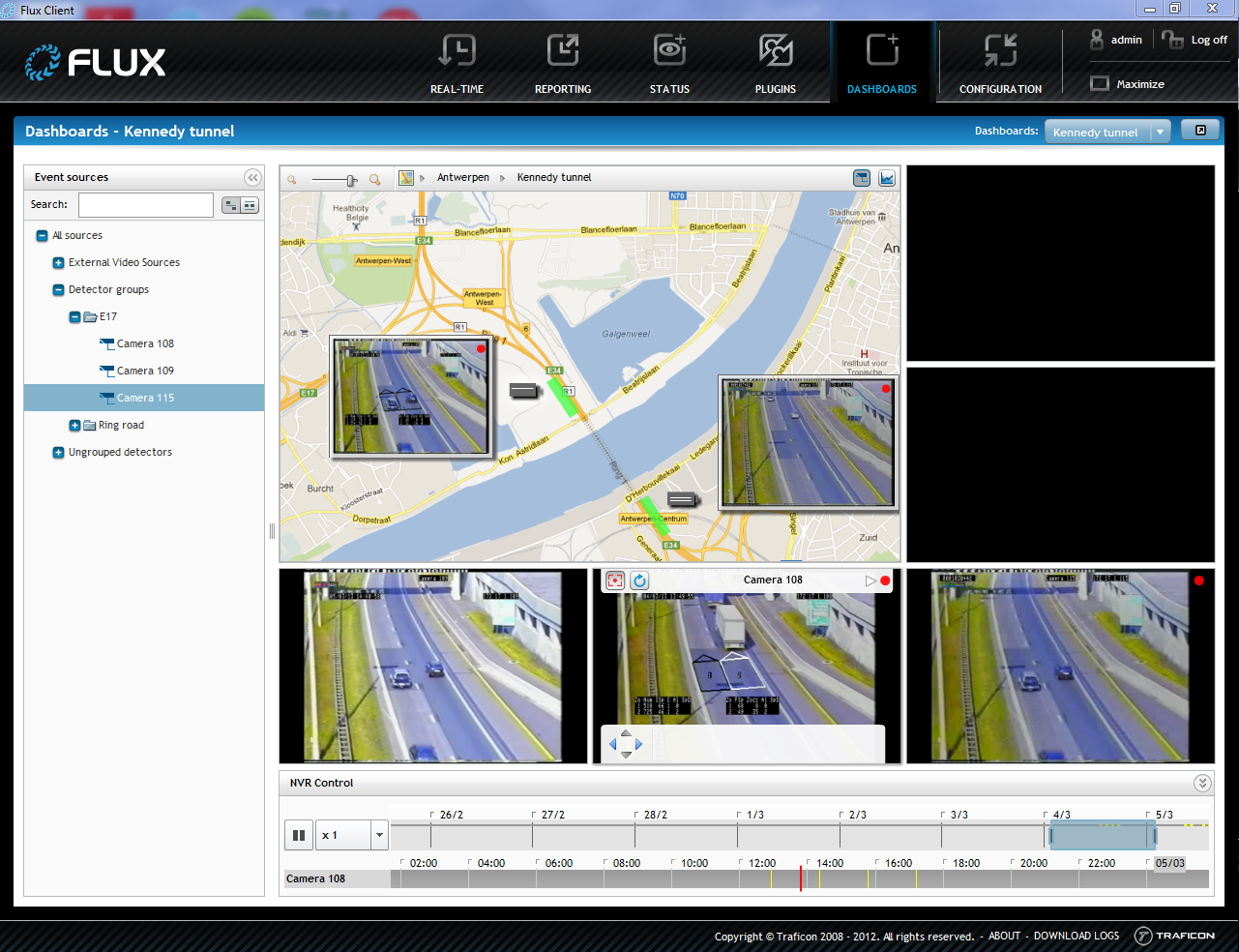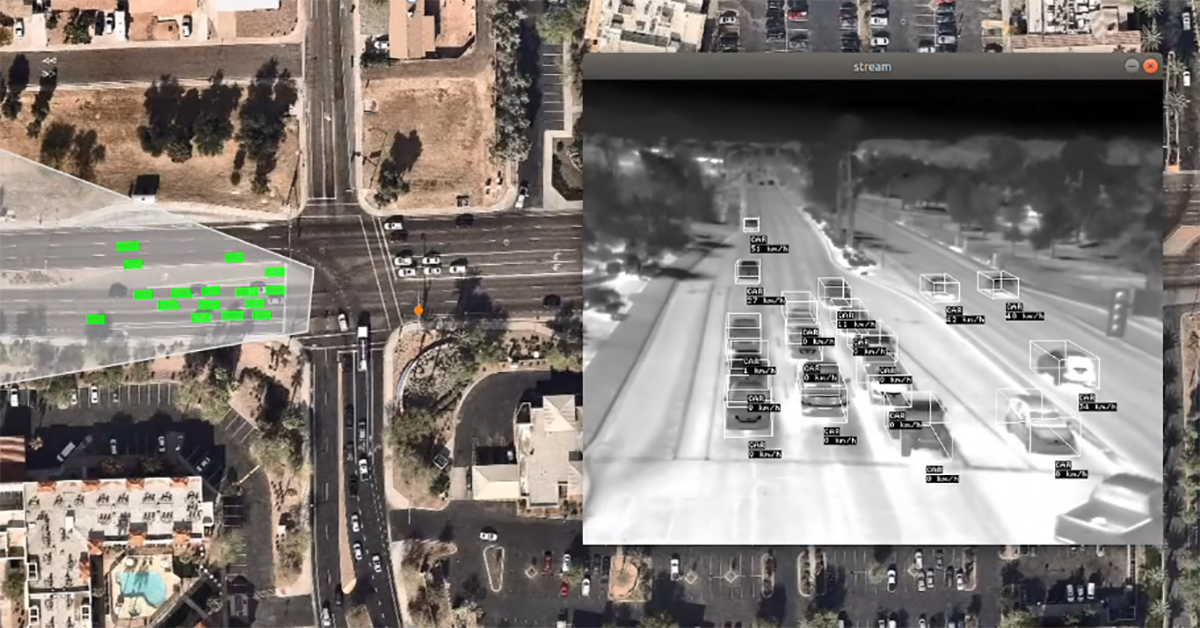Automatic incident detection and traffic data collection for the Sheikh Zayed Tunnel, Abu Dhabi, UAE

Although there are numerous examples of innovative ITS projects in the Middle East, few are as impressive as the recently opened Sheikh Zayed Tunnel in Abu Dhabi. Spanning 3.6km in total, including a 2.4km covered section, the bi-directional (four lanes in each direction) structure is the Middle East’s longest road tunnel. The tunnel opened to the public on December 5, 2012.
Part of a wider, US$816.8 million infrastructure project, the Sheikh Zayed Tunnel runs 15m underground below the UAE capital and is expected to be a huge tool in the fight to ease the city’s congestion woes. Commenting on the importance of this huge new construction in the wider picture, the Director General of the Municipality of Abu Dhabi, Jumma Al Junaibi, explains that “the project is vital for the capital’s development plans in the long term as it aims to cope with the expected increase in the population and traffic.” The overall goal of the Sheikh Zayed Tunnel is to reduce congestion, but the most critical priority for day-to-day operations is not simply to get traffic from A to B smoothly; it’s to do so safely. And to achieve this goal means knowing exactly what’s happening in the tunnel at all times. The quicker an incident is picked up by tunnel managers, the quicker it can be dealt with. FLIR’s AID solutions are known across the world for the immense value they bring to tunnel, highway and bridge operators. The company’s products have saved countless lives by enabling operators to manage incidents quickly and to prevent them escalating further. For this particular project, the company was tasked with providing technology both for incident detection and traffic management.
Automatic Incident Detection (AID)
On the incident detection side, FLIR Intelligent Transportation Systems delivered 174 of its advanced video servers with integrated AID capabilities for the Video Incident Detection System (VIDS) component of the project. In short, these sophisticated encoders have FLIR’s field-proven algorithms on board to pick up on any unusual activity in the tunnel. Such incidents span everything from accidents to slow-moving vehicles that need to be tracked, to wrong-way drivers and dangerous debris on the road. To offer operators the best quality image for every situation, the units can simultaneously encode and stream H.264, MPEG-4 and MJPEG in real time with low latency.

The FLIR video server can detect a wide range of incidents, including stopped vehicles.
Data collection
For the traffic management component, known as the Video Vehicle Detection System (VVDS), FLIR Intelligent Transportation Systems delivered 45 video servers. These collect data that is required for everyday operations (such as traffic flow speed and zone occupancy) and for enabling the tunnel managers to develop long-term operational strategies. Both individual data parameters – such as speed, headway, gap time, vehicle classification – and integrated vehicle traffic data – such as volume and average speed per vehicle class per lane, headway, gap time per length class per lane and occupancy – can be gathered as required.
Decentralized system
The total solution has been installed in a decentralized way. FLIR’s video encoders are spread over 24 locations and servers have been set up in a 2 by 2 redundant configuration.
Video server with integratedAutomatic Incident Detection (AID)
FLIR’s advanced video server solution combines field-proven incident detection capabilities with advanced video encoding and powerful processing technology in a single unit. The video server provides embedded AID analytics and multi-stream encoding. This combination of technologies makes for a very cost-effective solution which at the same time offers top level performance. The advanced processing unit generates traffic data and incident detection information and thus supports traffic operators with alerts on stopped vehicles, wrong-way drivers, pedestrians, lost cargo, smoke and traffic flow data.
Video management system
The glue that joins the VIDS and VVDS applications together is FLUX, FLIR’s intelligent software platform. FLUX collects traffic data, events, alarms and video images generated by the VIP system and communicates with the VIP system over Ethernet. The software’s overarching aim is to manage and control all of this data and make it useful, meaningful and relevant to the user. The software provides a user-friendly interface composed of a monitoring and a reporting application and allows control room operators to monitor events and alarms in real time. The software is fully integrated into the overall traffic management system.

FLIR's video management software FLUX


